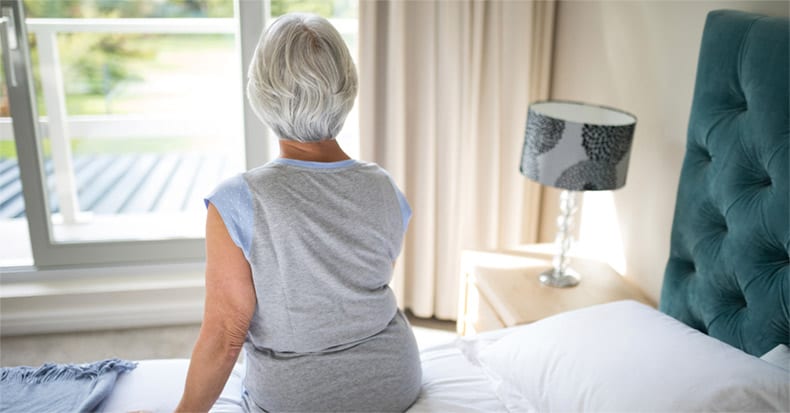Around the world, low back pain (LBP) is a leading cause of disability and ranks sixth in terms of “overall disease burden.” Chronic low back pain (cLBP) has a profound socioeconomic impact on individuals, families, and communities—so much so that the World Health Organization has identified LBP as a major disabling condition.
Older people tend to have greater physical disability caused by LBP compared with younger individuals, and old age is often associated with non-recovery and poor outcomes. One study found that more than a quarter of older people in the United States had cLBP upon entering retirement and that baby-boomers (those born between 1946 and 1964) account for 51% of all costs (over $10 billion) associated with cLBP.
So the question of the month is: how safe and effective is chiropractic care for older patients with cLBP? To help answer this question, researchers searched multiple sources for studies that included patients over 55 years of age with cLBP (more than three months of LBP), that utilized some form of manual therapy, that included tools that measured pain and disability, and that utilized a randomized control trial design. Researchers excluded data from experiments in which subjects had prior back surgeries, had pelvis-only pain (e.g. tail bone pain), or had received only a single treatment without follow-up.
Though only four studies met these stringent criteria, the authors did conclude that manual therapies, which include spinal manipulation delivered by doctors of chiropractic, can improve pain and function in older patients with chronic low back pain with very few adverse side effects.
This study supports the benefits of chiropractic care for the aging population and emphasizes the need for effective treatment options for cLBP with a low risk for serious adverse effects. With the size of the senior population expected to double over the next several decades, Chiropractic care will surely continue to play an important role in improving the quality of life of the elderly.


